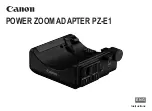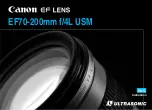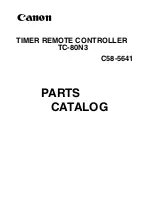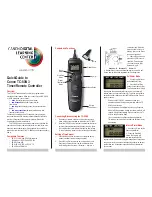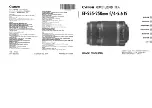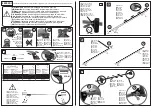
3
Safety Precautions
A careful operator is the best operator. Most accidents can be avoided by observing certain precautions. To
help prevent accidents, read and take the following precautions before operating this equipment. In addition
to these precautions, please follow all safety and operational instructions of your tractor manufacturer.
The Dozer:
1. The 770 Dozer should be operated only by those who are responsible and instructed to do so.
2. Read the owner’s manual carefully before using this equipment. Lack of operating knowledge can lead to
accidents.
3. Keep the dozer maintained in reliable and satisfactory condition to ensure your safety.
4. Make sure the area is clear of people before moving any equipment.
5. Do not modify or permit anyone else to modify or alter the equipment and its components without first
consulting Grouser Products.
Servicing the Dozer:
1. Read and follow all safety instructions provided by the tractor manufacturer.
2. Always use proper personal safety gear when performing maintenance on equipment.
3. Before servicing, relieve hydraulic pressure, stop engine and fully engage parking brake.
4. Escaping hydraulic fluid under pressure can penetrate skin causing serious injury. If fluid is injected into
skin, obtain medical attention immediately.
– DO NOT use your hand to check for leaks. Use a piece of cardboard or paper to search for leaks.
– Stop the engine and relieve pressure before connecting or disconnecting lines.
– Tighten all connections before starting the engine or pressurizing lines.
Storing the Dozer:
1. Thoroughly clean the dozer before storage. Use paint where necessary to prevent rust.
2. Check the dozer for worn or damaged parts. Install new parts as required.
3. Lubricate all pins and joints.
Maintenance
Due to the harsh environment many of our equipment operates in, the following tasks
should be performed every 10 hours or less.
• Inspect all equipment before operation for existing or potential damages.
• Lubricate all joints with high quality grease.
• Inspect and tighten all bolts to torque specifications on page 10.
• Check replaceable cutting edge for wear ensuring there is enough material to prevent permanent damage
to the blade.
• Make sure all non-rotating pins are secured properly.
• Check hydraulic cylinders and hoses for damage or leaks. For replacement parts, see hydraulic pages for
your specific system.
• Check skid shoes for wear and replace if necessary. For adjustment, see page 10.
• Inspect all tilt-ways for aggressive wear. See page 10 for tilt plate adjustment.



















